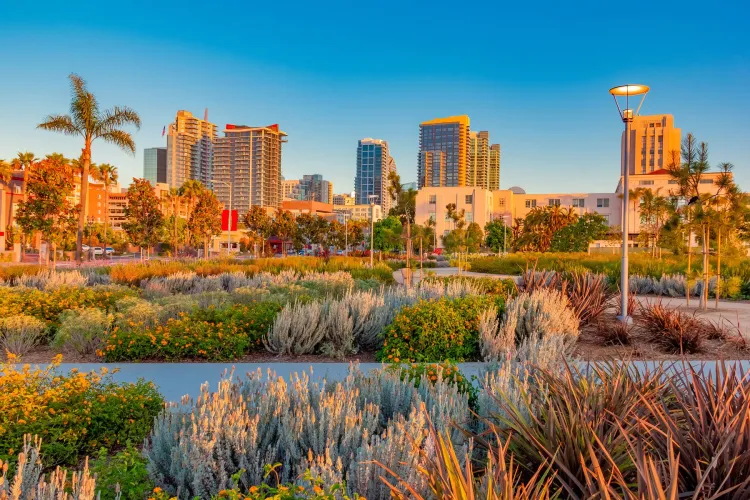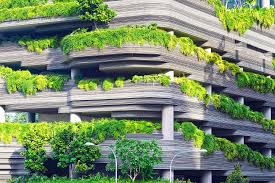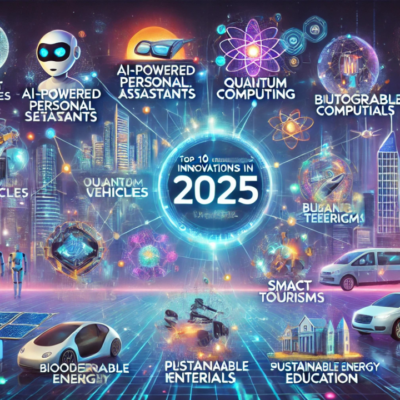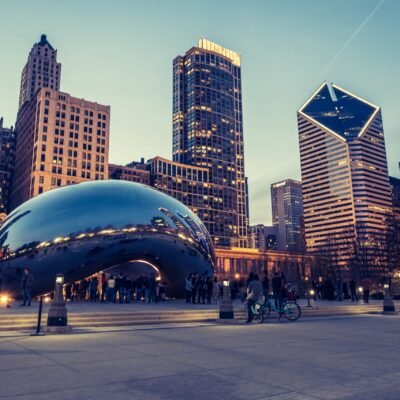As the world grapples with climate change, more Americans are prioritizing sustainable living. Cities across the U.S. are stepping up, adopting eco-friendly policies, expanding green spaces, and promoting renewable energy. For those looking to live in harmony with the planet, certain cities stand out as leaders in sustainability. In 2025, these urban hubs are setting the standard for green living, offering residents cleaner air, efficient public transit, and innovative waste management. Here’s a look at the best American cities for sustainable living this year, based on their environmental policies, infrastructure, and community efforts.

Why Sustainable Cities Matter
Sustainable cities are designed to reduce environmental impact while improving quality of life. With over 80% of Americans living in urban areas, cities play a critical role in cutting greenhouse gas emissions, conserving resources, and fostering eco-conscious lifestyles. From electric vehicle charging stations to urban gardens, these cities make it easier for residents to live green. Plus, sustainable practices like energy-efficient buildings and robust recycling programs save money and create jobs, benefiting both the planet and the economy.
Top Cities for Sustainable Living in 2025
1. San Francisco, California
San Francisco consistently ranks as one of America’s greenest cities, and 2025 is no exception. The city’s ambitious Climate Action Plan aims for net-zero emissions by 2040, with policies phasing out natural gas in new buildings and promoting zero-emission vehicles. San Francisco’s streets are lined with recycling and composting bins, and its residents are known for their water-saving habits. The city also boasts a high number of LEED-certified buildings, which prioritize energy efficiency.
Public transit is a cornerstone of San Francisco’s sustainability. With an extensive network of buses, trains, and bike lanes, residents can easily ditch their cars. The city’s proximity to nature, from Golden Gate Park to the Pacific coastline, encourages outdoor lifestyles and environmental awareness. For those passionate about sustainable living, San Francisco offers a vibrant, eco-conscious community.
2. Portland, Oregon
Portland is a pioneer in sustainable urban development, often called the greenest city for homebuyers. In 2025, it continues to lead with its commitment to net-zero carbon emissions by 2050. The city uses wind and solar energy to power its operations and has converted thousands of streetlights to energy-saving LEDs. Portland’s green infrastructure, like eco-roofs and rain gardens, helps manage stormwater and protect its aging sewer system.
Biking is a way of life here, with 4% of commuters pedaling to work—the highest rate in the U.S. Portland’s 600+ LEED-certified buildings and 22 acres of green space per 1,000 residents make it a haven for eco-friendly living. The city’s recycling and composting programs recover 81% of municipal waste, with a goal of 90% by 2030. Portland’s affordable housing market, with average home values around $540,000, also makes it accessible for eco-conscious buyers.

3. Washington, D.C.
The nation’s capital is a sustainability powerhouse in 2025. Washington, D.C.’s Sustainable DC 2.0 plan targets carbon neutrality by 2050, with 100% renewable energy by 2032. The city leads in green buildings, with nearly 2,000 LEED-certified structures, and 95% of households have access to recycling. D.C.’s public transit system, including buses and the Metro, is a lifeline for residents, with 30% of commuters using eco-friendly transportation like biking or walking.
D.C.’s 13 acres of green space per 1,000 residents provide ample parks for recreation, reducing urban heat and improving air quality. The city’s Carbon Free DC plan has already cut emissions by 36% since 2006, and new policies offer free or reduced transit fares to encourage sustainable commuting. Washington, D.C., blends policy innovation with practical infrastructure, making it a top choice for green living.
4. Seattle, Washington
Known as the Emerald City, Seattle shines in sustainability. In 2025, 77% of its energy comes from carbon-free hydropower, the highest share among major U.S. cities. Seattle’s air quality ranks among the best, and its 664 LEED-certified buildings reflect a commitment to energy efficiency. The city’s recycling programs engage 74% of households, and its bike lanes and public transit make car-free living a breeze.
Seattle’s focus on green spaces—think Discovery Park and the waterfront—enhances its appeal for nature lovers. The city’s policies, like banning gas-powered leaf blowers and promoting electric vehicles, set a strong example. Seattle’s vibrant tech scene also fuels green innovation, with startups developing solutions for renewable energy and waste reduction. For eco-conscious residents, Seattle offers a perfect mix of urban amenities and environmental stewardship.

5. Boston, Massachusetts
Boston’s sustainability efforts are impressive, earning it a spot among 2025’s greenest cities. The city met its 2020 carbon reduction goal five years early and was named the most energy-efficient city by the American Council for an Energy Efficient Economy from 2013 to 2019. Boston’s walkability, with 15% of commuters using public transit or walking, reduces reliance on cars.
The city’s green spaces, like the Boston Common, and its bike-share program make sustainable living accessible. Boston’s aggressive recycling and composting mandates ensure proper waste sorting, while its solar initiatives, recognized by the U.S. Department of Energy, promote clean energy. With a thriving academic and tech hub, Boston attracts eco-conscious professionals who value its commitment to a greener future.
What Makes These Cities Stand Out?
These cities excel in key areas of sustainability:
- Renewable Energy: Seattle’s hydropower and San Francisco’s solar and wind investments lead the way.
- Public Transit and Biking: Portland and D.C. make car-free living easy with extensive bike lanes and transit systems.
- Green Buildings: All five cities prioritize LEED-certified structures, reducing energy consumption.
- Waste Management: San Francisco and Portland’s composting and recycling programs set national standards.
- Green Spaces: From Seattle’s parks to D.C.’s urban forests, these cities prioritize nature.
Challenges and Opportunities
While these cities are leaders, challenges remain. Urban sprawl, aging infrastructure, and social inequities can hinder progress. For example, high housing costs in San Francisco and Seattle can make sustainable living less accessible. However, initiatives like affordable housing programs and community solar projects are addressing these issues. By investing in equitable policies, these cities can ensure sustainability benefits everyone.
How You Can Live Sustainably
No matter where you live, you can adopt eco-friendly habits inspired by these cities:
- Use public transit, bike, or walk to reduce emissions.
- Support local farmers’ markets for fresh, sustainable food.
- Reduce waste by recycling and composting.
- Choose energy-efficient appliances and LED lighting.
- Advocate for green policies in your community.
Looking Ahead
The best cities for sustainable living in 2025 are paving the way for a greener future. San Francisco, Portland, Washington, D.C., Seattle, and Boston show what’s possible when cities prioritize the planet. As more Americans embrace sustainable lifestyles, these urban hubs offer inspiration and practical solutions. Whether you’re relocating or seeking ways to live greener, these cities prove that sustainability is not just a trend—it’s a way of life.
Read more :- Top 10 Best American Superfoods That Boost Immunity Naturally





